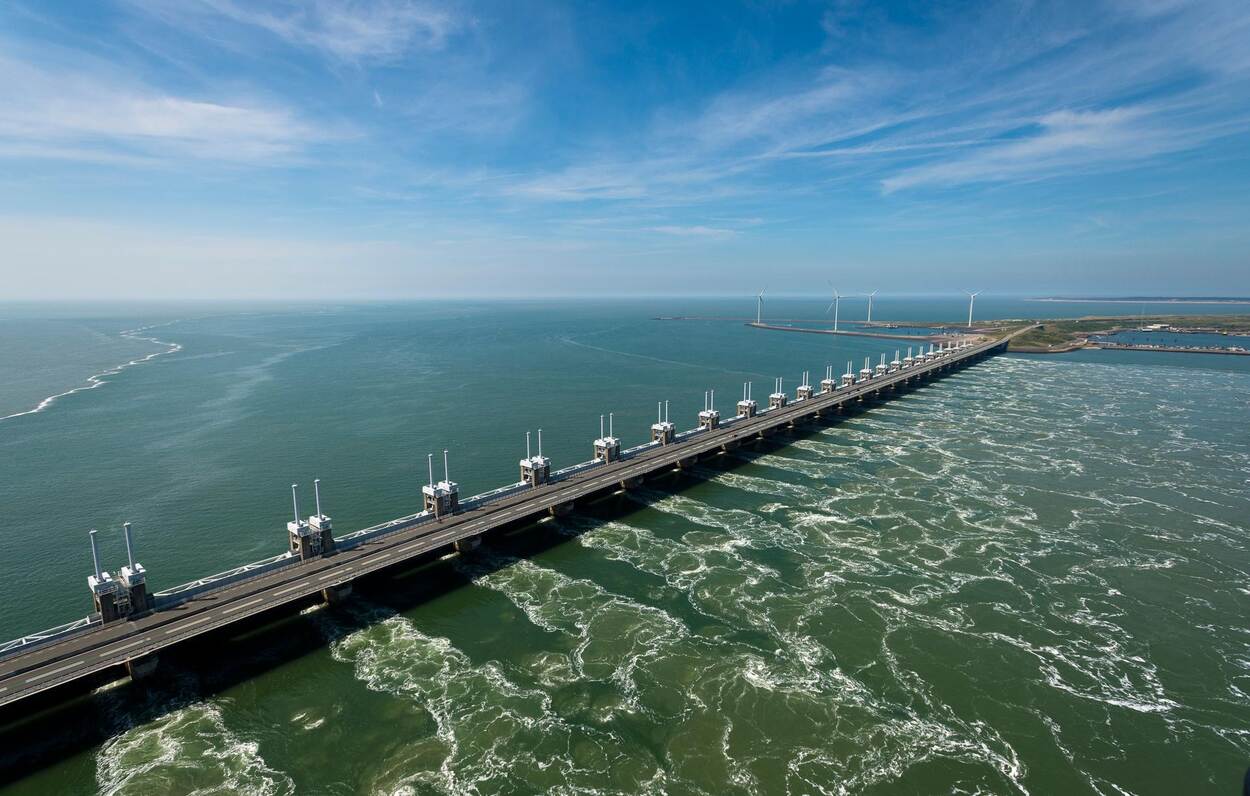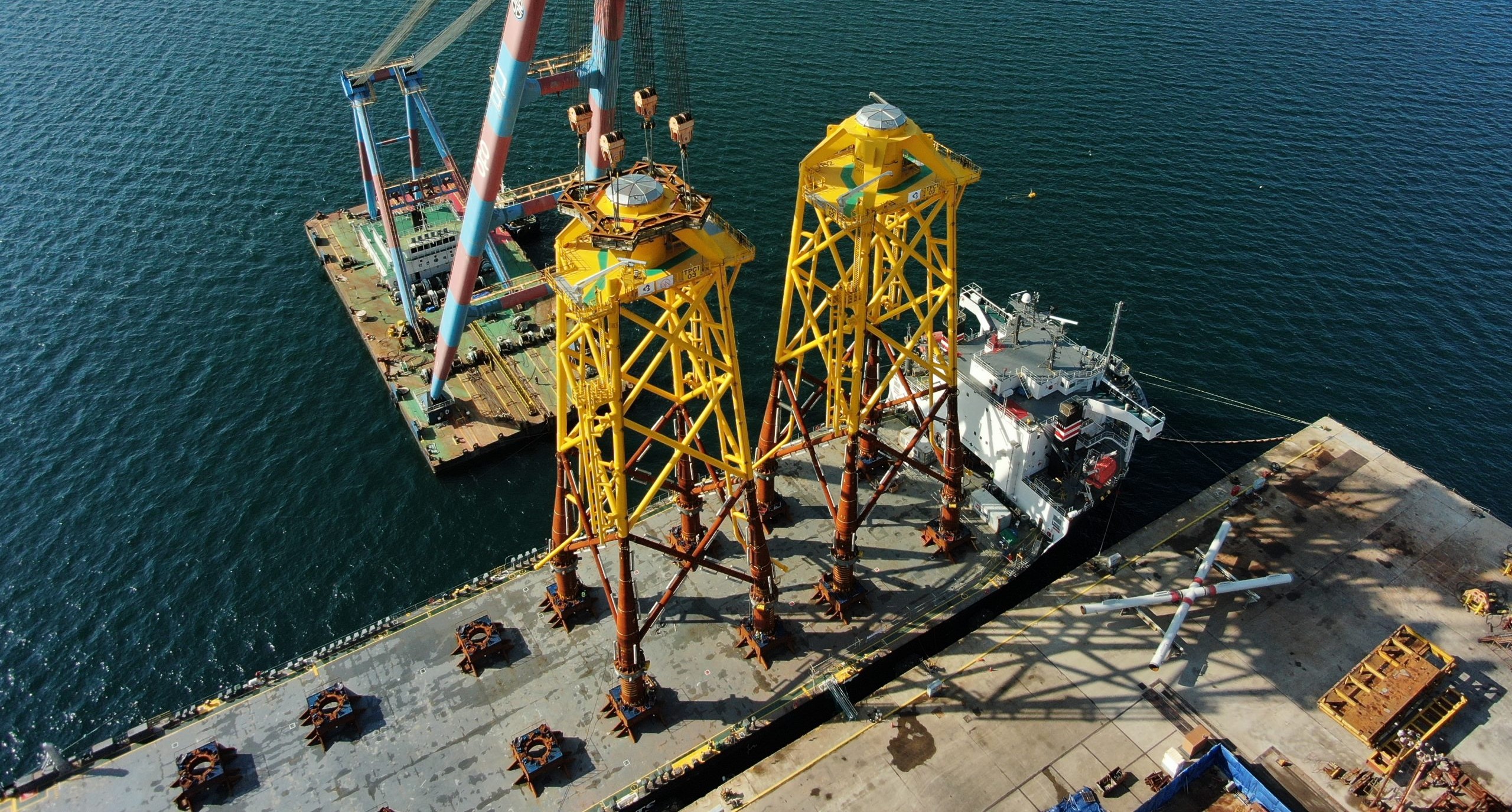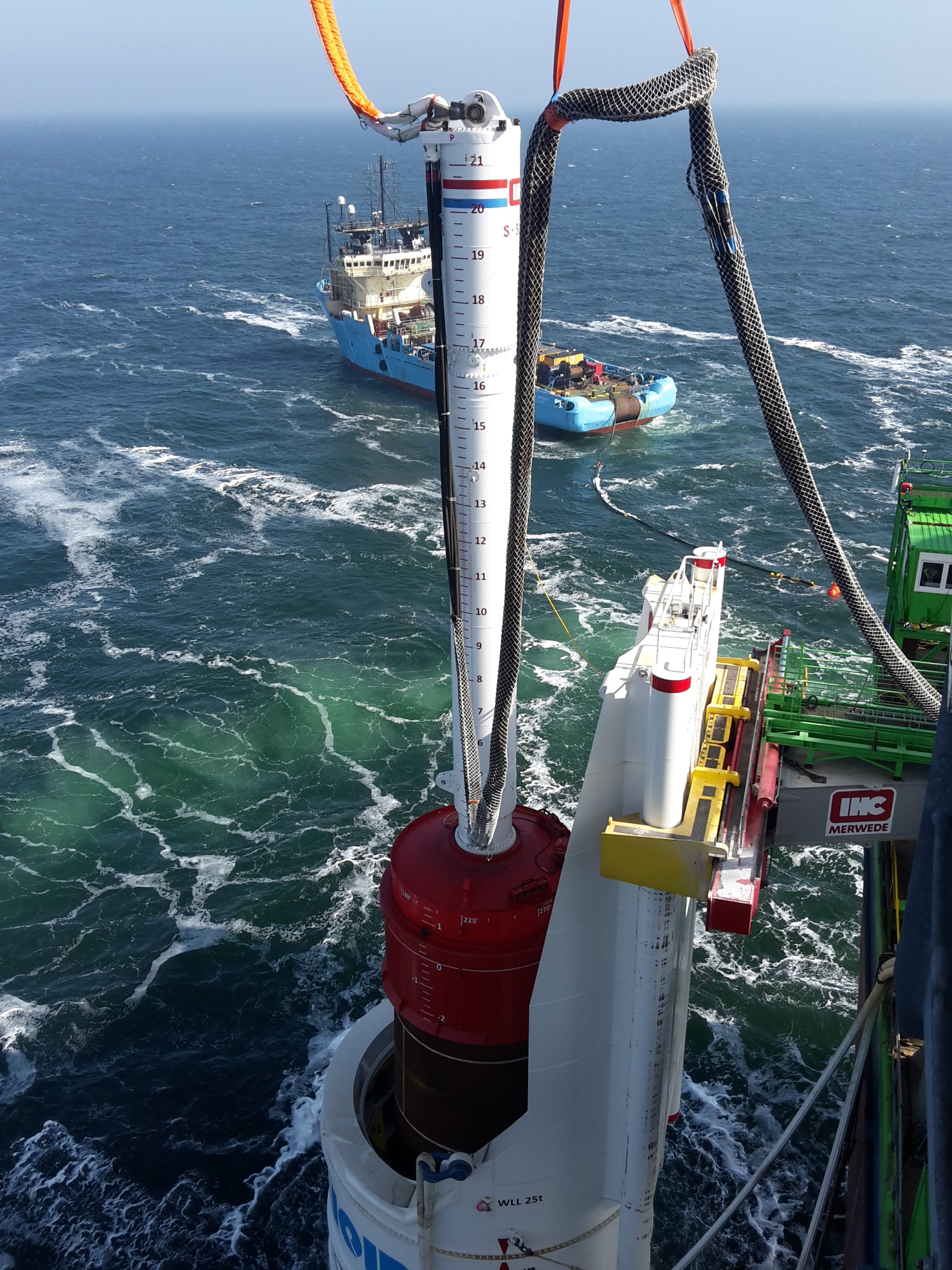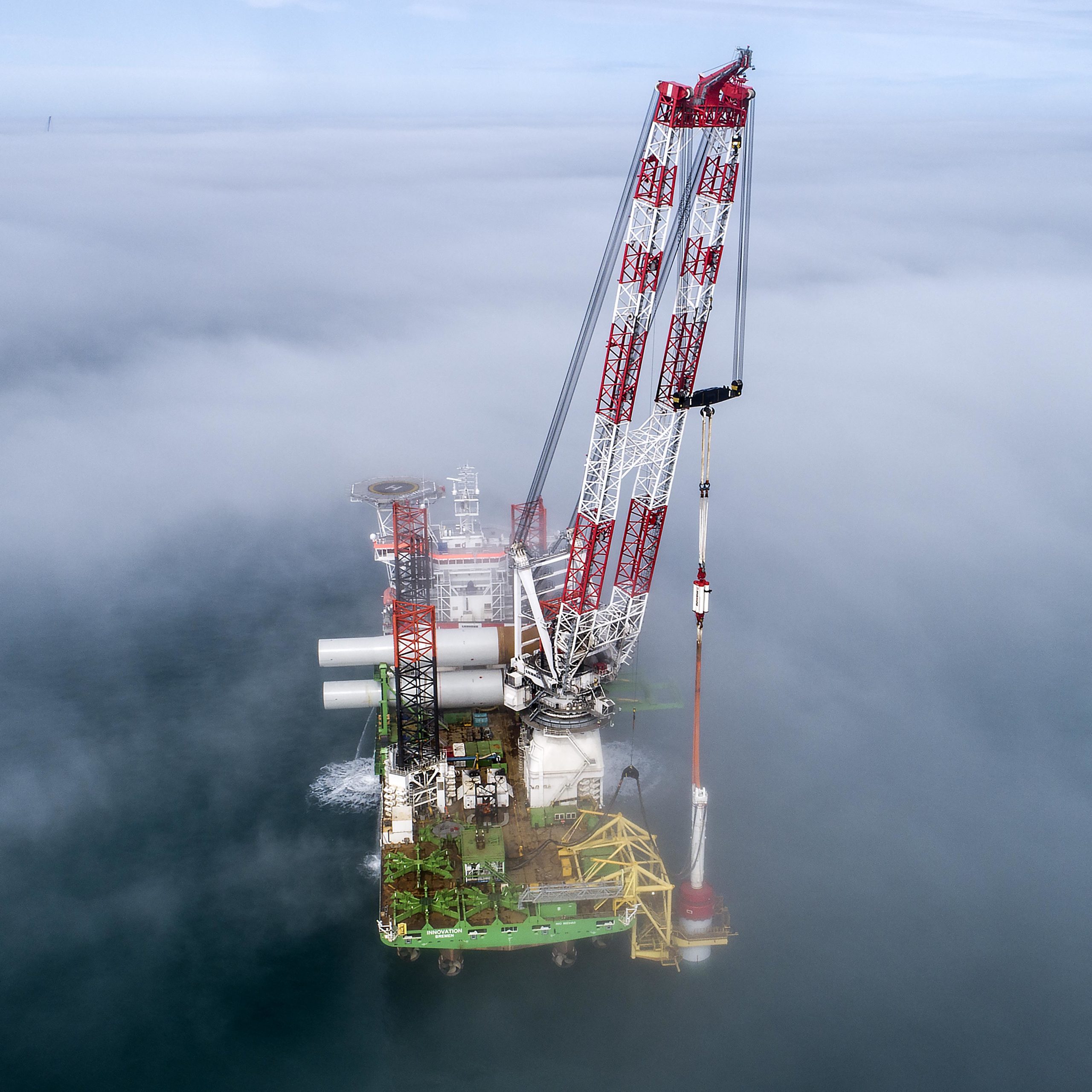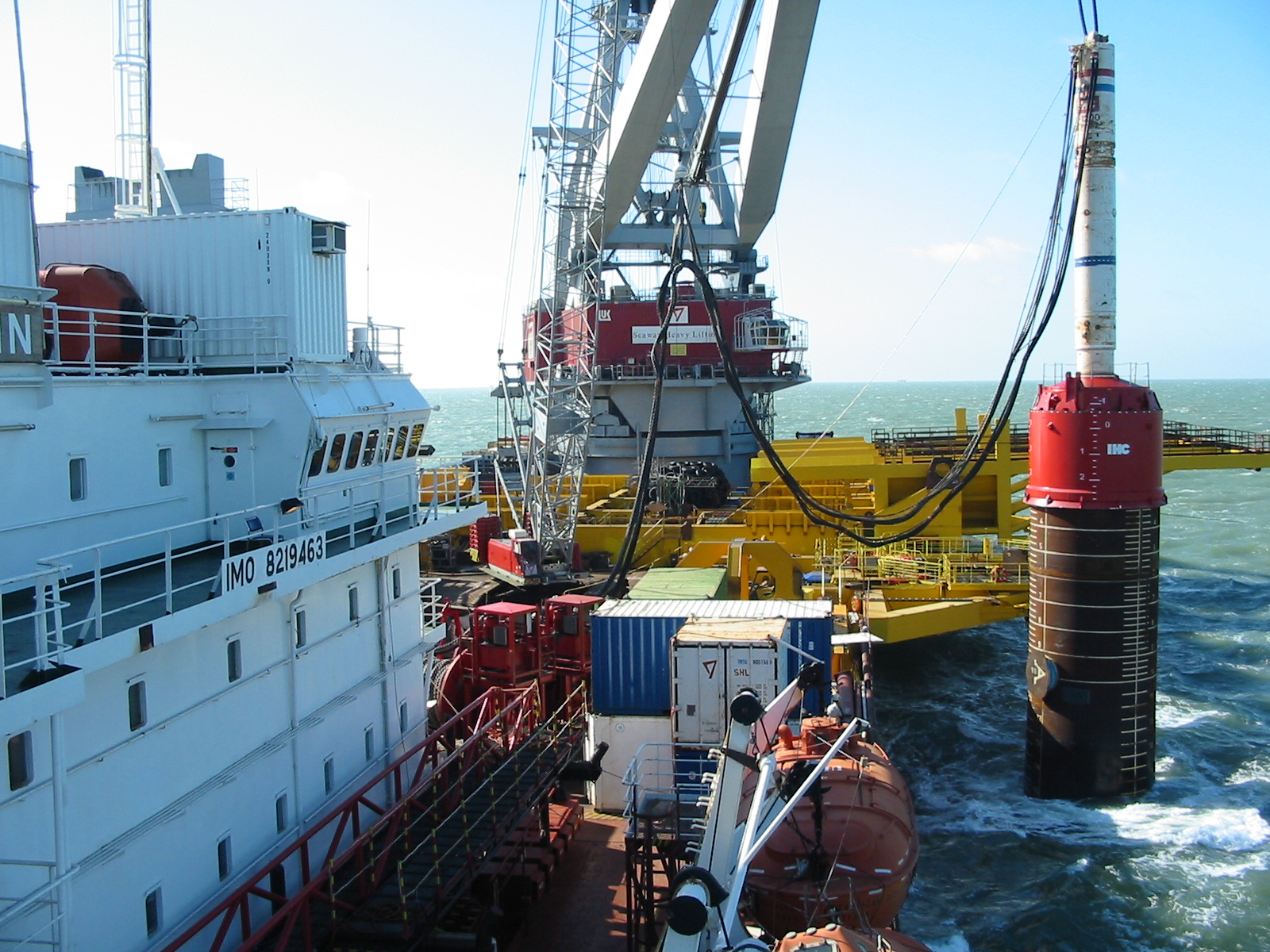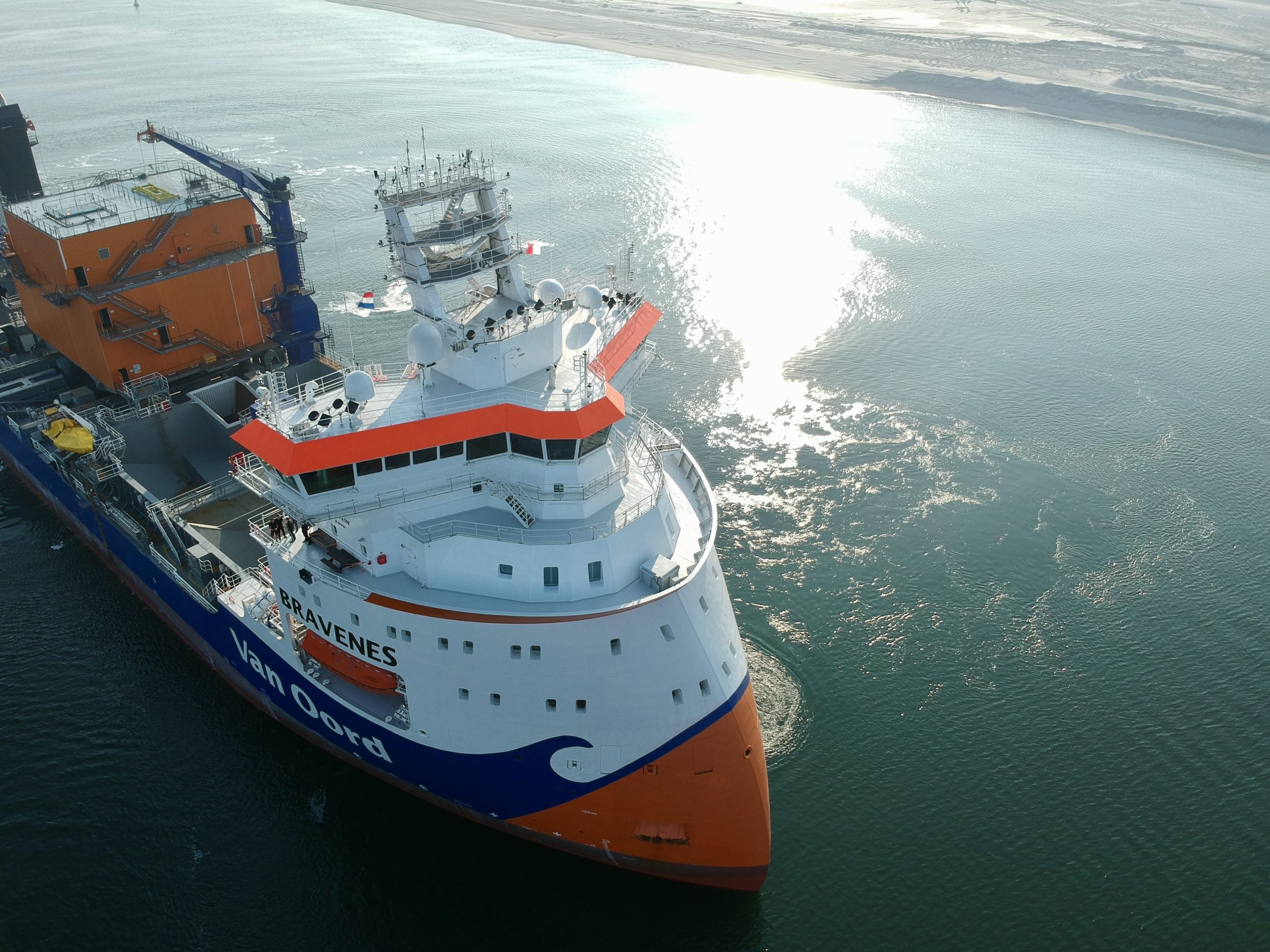Creating Digital Twins
Creating Digital Twins
The advancements on the computational capabilities of computers and the complexity of software packages have boosted the development of detailed simulation models of machines in all industries.
In the last decade the term digital twin has gained increasing attention. A digital twin is a virtual representation of a physical object. There is no clear division between a ‘conventional’ simulation model and a digital twin, however, some typical characteristics of a digital twin can be identified.

Jeroen Ligthart
Lead Engineer Simulation
"Digital twins can generate large amounts of data that can never be measured economically in the field."
Characteristics and Benefits
A Digital Twin can be distinguished from a simulation model as follows:
- A digital twin simulates real-time during operation of the machine. This allows for real-time performance monitoring and problem identification.
- The digital twin is continuously trained based on the data that is gathered real-time. With that, a digital twin is the exact counterpart of a physical machine which evolves together with the machine over its entire lifetime.
The list of potential benefits from the development of a digital twin is endless:
- Digital twins can generate large amounts of data that can never be measured economically in the field. This opens the door to data scientists for big-data analysis.
- Digital twins help to improve customer experience and to understand the customer’s needs. The comprehensive understanding of a system’s performance fuels the development of a next generation product.
- The data that is generated during operation can be of support when troubleshooting of a machine.

Controller Development
Digital Twins are an ideal starting point for the development of a system controller by using a Hardware-in-the-Loop (HIL) simulation.
Development of a Digital Twin
The starting point for the development of a digital twin is the simulation model.
In many cases a physical simulation model offers benefits over a mathematical model (like a machine learning model). The major benefit of a physical model over a machine learning model is that the simulation signals represent physical quantities with which an engineer can affiliate. In comparison, a machine learning model is a black box so physical relations cannot be set nor identified.
HVR Engineering has many years of experience in the development of physical models for example for multibody systems, power transmission systems, impact behaviour, and drive-and-control systems. See our simulation page for more information on how we can contribute to the development of your simulation model or digital twin!
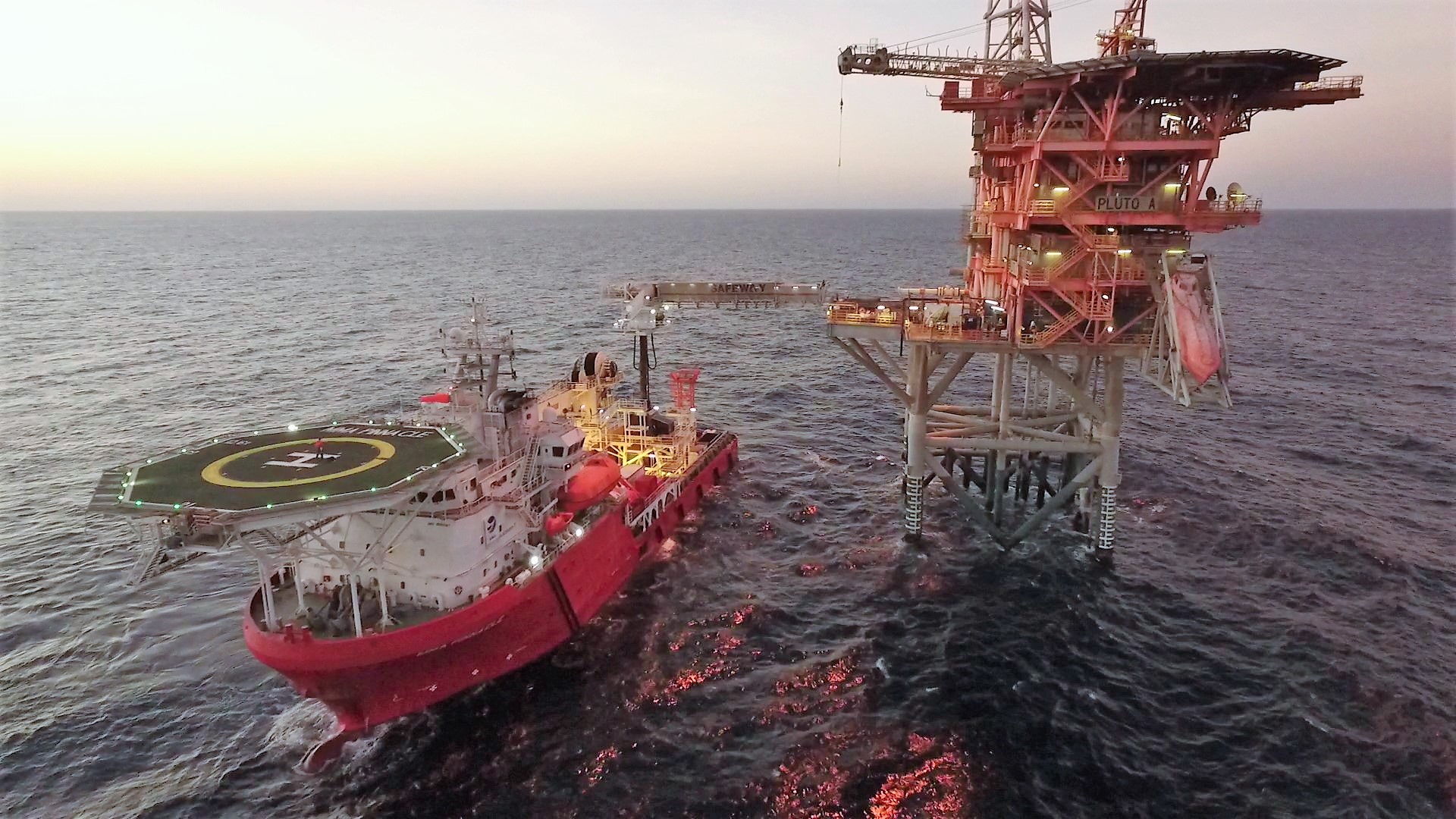
Applications of Digital Twins
We used Digital Twin models for the development of Controllers, validation of equipment performance, Condition Based Maintenance, and for vessels that operate on DP.
How we can help you
We have many years of experience with the development of physical models, such as for multibody systems, power transmission systems, impact behaviour, and drive-and-control systems.
We have used digital twin modelling for the pile driving control methods for IQIP’s Hydrohammers that were developed and tested in a HIL simulation prior to implementation in the real-life hammer controller. Furthermore, Van Oord’s tremie pipe control system for the Bravenes has been validated in a HIL environment based on a digital twin.
Have a look at our simulation page for more information on how we can contribute to the development of your simulation model or digital twin!

